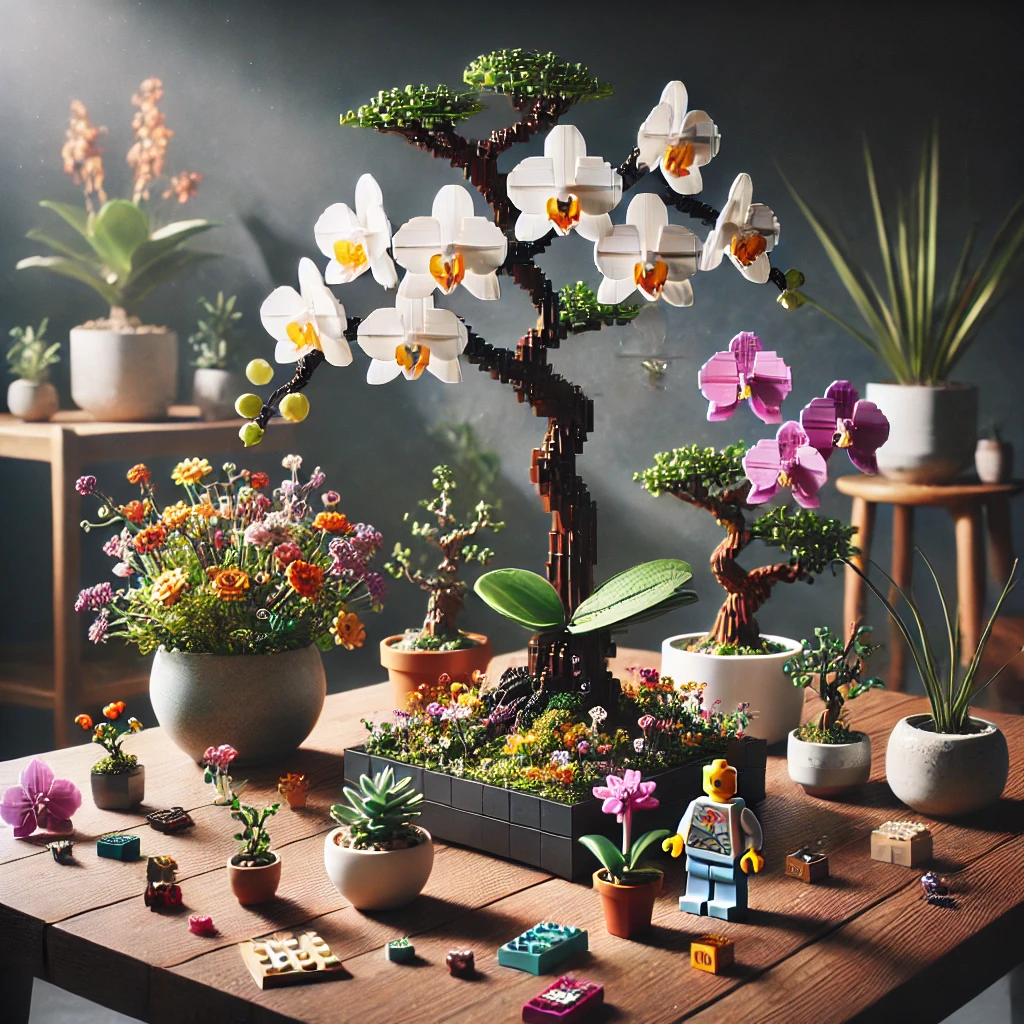Flávia P.
6 months ago
What Is: Realistic Style
What Is: Realistic Style in Art and Design?
The term “Realistic Style” refers to an artistic approach that aims to represent subjects as they appear in real life. This style emphasizes accuracy, detail, and a faithful depiction of the physical world, often focusing on the nuances of light, shadow, and texture. Artists who adopt this style strive to create works that resonate with viewers through their lifelike qualities, making it a popular choice in various forms of visual expression, including painting, sculpture, and digital art.
The Characteristics of Realistic Style
Realistic Style is characterized by its attention to detail and commitment to authenticity. Artists often use techniques such as chiaroscuro to create depth and dimension, while meticulous brushwork or sculpting methods help capture the intricacies of their subjects. This style often includes a focus on human figures, landscapes, and still life, where the goal is to evoke a sense of familiarity and connection with the viewer. The use of color is also crucial, as realistic artists select hues that closely match those found in nature.
Historical Context of Realistic Style
The roots of Realistic Style can be traced back to the Renaissance, a period marked by a renewed interest in the natural world and human anatomy. Artists like Leonardo da Vinci and Michelangelo laid the groundwork for realism by studying the human form and employing techniques that enhanced the lifelike quality of their work. Over the centuries, this style evolved, influencing movements such as Realism in the 19th century, which sought to depict everyday life and ordinary people, moving away from the idealized forms of previous eras.
Realistic Style in Contemporary Art
In contemporary art, Realistic Style continues to thrive, often blending with other styles and movements. Artists today utilize advanced techniques, including digital tools and photography, to achieve realistic effects. This fusion of traditional methods with modern technology allows for innovative expressions of realism, appealing to a diverse audience. The rise of hyperrealism, a genre that pushes the boundaries of realism to create almost photographic representations, showcases the ongoing relevance of this style in today’s art scene.
Realistic Style in Popular Culture
Realistic Style is not limited to fine art; it permeates various aspects of popular culture, including film, video games, and collectibles. In the realm of animation and gaming, realistic graphics enhance the immersive experience, allowing players and viewers to engage more deeply with the narrative. Additionally, collectible figures, such as those from Funko Pop, often incorporate realistic elements in their designs, appealing to fans who appreciate detailed representations of their favorite characters.
Realistic Style in Lego Creations
Lego enthusiasts have embraced Realistic Style in their builds, creating intricate models that reflect real-world architecture, vehicles, and scenes. These creations often require a deep understanding of proportions and structural integrity, showcasing the builder’s skill and creativity. The combination of Lego’s versatile pieces with realistic design principles allows for stunning displays that captivate both collectors and casual fans alike.
The Impact of Realistic Style on Collectibles
In the collectibles market, Realistic Style plays a significant role in the desirability and value of items. Collectors often seek out pieces that exhibit high levels of detail and craftsmanship, whether in action figures, statues, or art prints. The appeal of owning a lifelike representation of beloved characters or scenes drives demand, making realistic collectibles highly sought after in niche markets, including those focused on geek culture.
Techniques Used in Realistic Style
Artists and creators employing Realistic Style utilize various techniques to achieve their desired effects. Traditional methods include oil painting, watercolor, and charcoal drawing, each offering unique ways to capture realism. In digital art, tools like 3D modeling software and graphic design programs enable artists to manipulate light and texture with precision. Understanding these techniques is essential for anyone looking to master the art of realism, whether in traditional or contemporary mediums.
The Future of Realistic Style
As technology continues to advance, the future of Realistic Style looks promising. Innovations in virtual reality and augmented reality are opening new avenues for artists to explore realism in immersive environments. Furthermore, the blending of traditional art forms with digital techniques will likely lead to exciting new interpretations of realism, ensuring that this style remains relevant and influential in the ever-evolving landscape of art and design.





